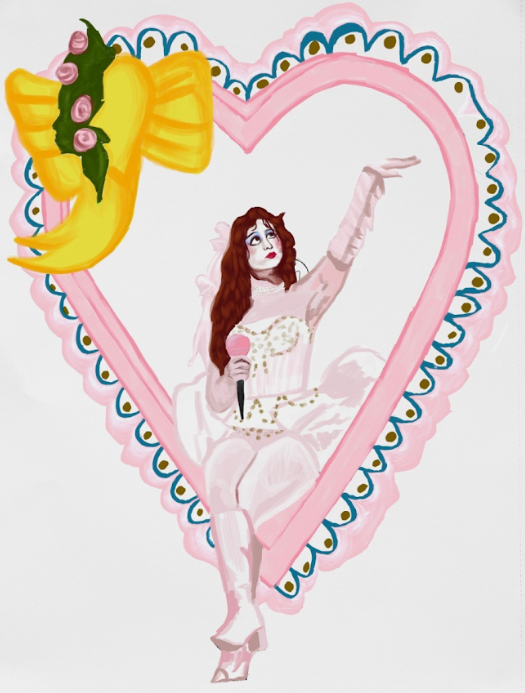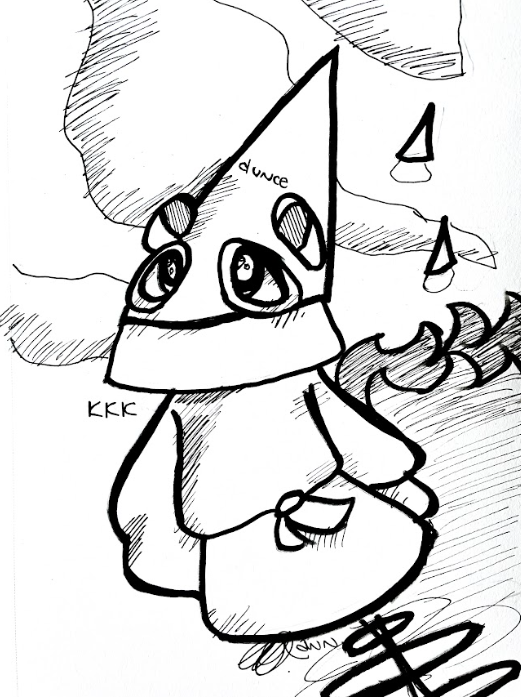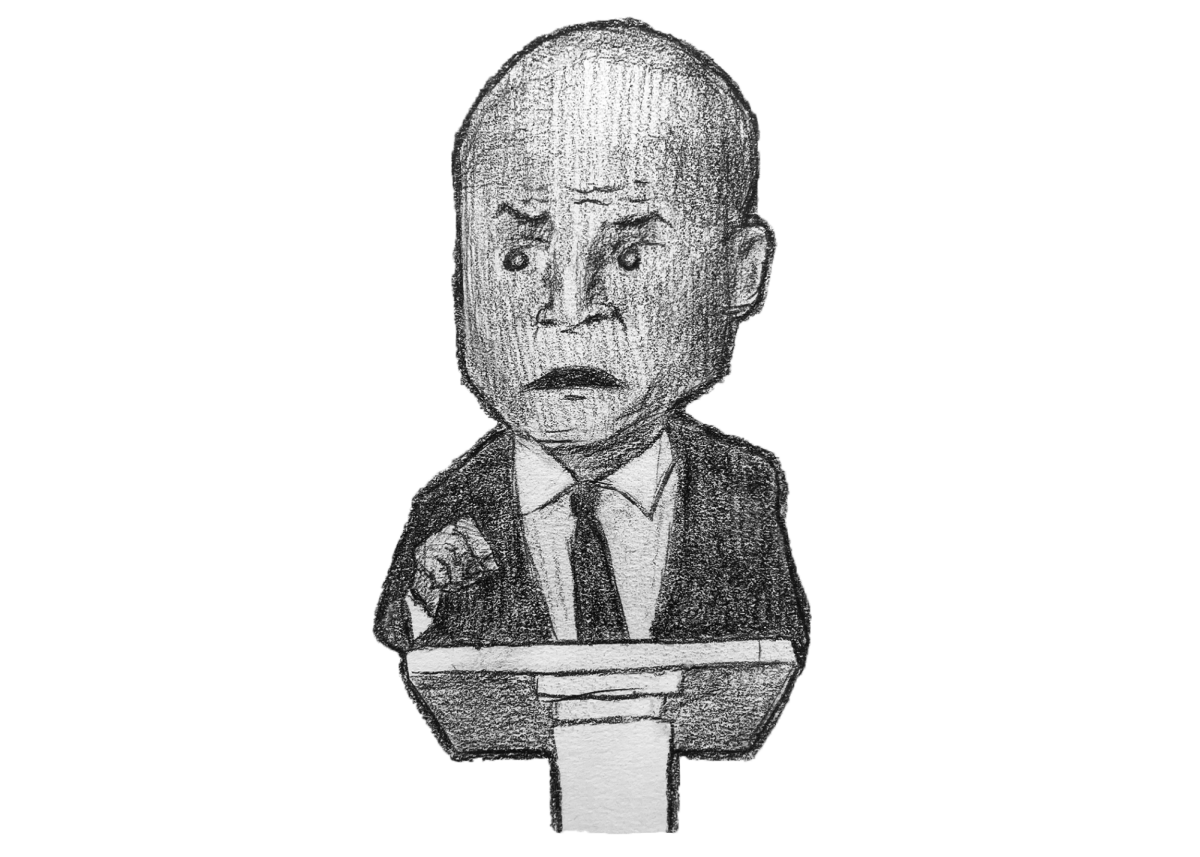June is recognized worldwide as LGBT pride month, a month that serves as a positive stance opposing discrimination and violence against and within the lesbian, gay, bisexual and transgender community.
The month is adorned with rainbow/pride flags, banners and other symbols of the LGBT community. Pride month is often known for the extravagant parades, festivals, dance parties and marches that support and celebrate the LGBT community. Pride month represents a positive and optimistic view of what the LGBT community stands for, but the origins of pride are often forgotten.
In the U.S., the roots of LGBT pride month began with the 1969 Stonewall riots. The riots began after a raid against the Stonewall Inn, a bar that served some of the most marginalized members of the gay community such as drag queens, transgender people, effeminate men and masculine women.
Police raids against gay bars were typical at this time; after the Stonewall Inn raid, members of the LGBT community fought back against police in a series of violent demonstrations. Within a couple years, gay rights groups were in every major U.S. city; the Stonewall riots led to the first LGBT pride parades in the U.S. and other countries. The Stonewall riots are considered to be the most important event that fueled the modern fight for LGBT rights in the U.S.
The Stonewall riots represented a shift in the gay community from shameful and secretive to proud and open. While some pride events commemorate the Stonewall riots, many within and outside of the LGBT community are unaware of the origins of Pride month.
The festive atmosphere of pride month is extremely important to the community and what it stands for; the LGBT community fights back against discrimination as loving and proud individuals. Positivity and a sense of belonging is the cornerstone of the LGBT community and movement, but remembering the history is just as important, lest we forget why we celebrate our pride.











